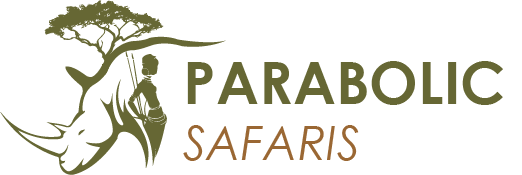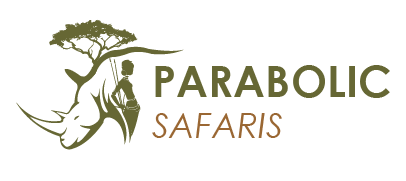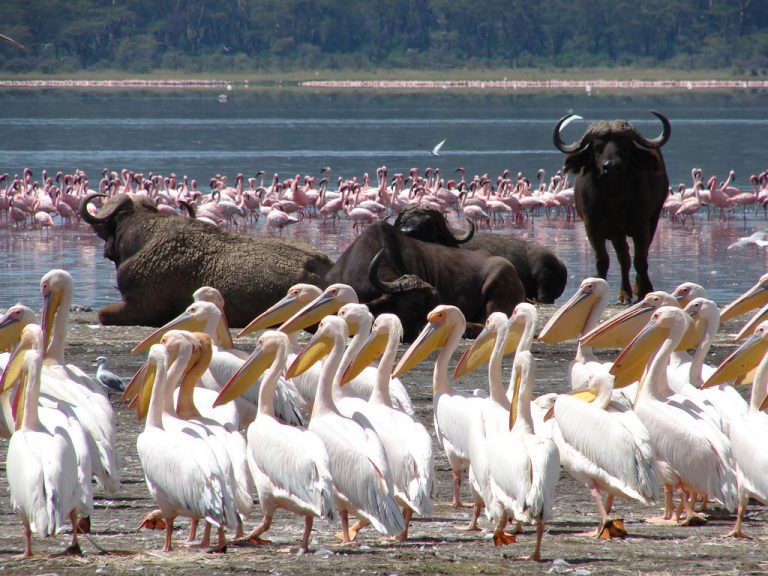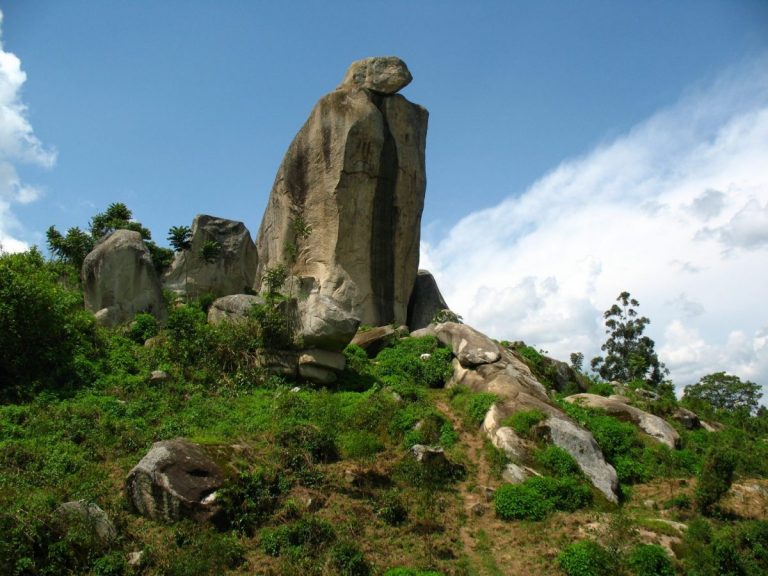History
Lake Bogoria National Reserve is in the Great Rift Valley, Kenya covering Lake Bogoria and the land immediately surrounding the lake. It is administered by the Kenya Wildlife Service. It covers 107 km2 and is easily reached from either Nakuru or Lake Baringo.
- Wildlife
It has a large number of flamingos as well as greater kudu and other mammals. Little Grebe, Tawny Eagle, Pratincole, Swift, Little Bee-eater, Cape-wigeon, yellow-billed stork, African Spoonbill, Augur, Buzzard, Gabar Goshawk, Water Dikkop, Great Tit, Startling, Hornbill and Crombec can be spotted within the reserve.
- Climatic Conditions
The climate is warm, about 25o to 30o all year round, during the day and night. The annual average rainfall is 640 mm, a large portion of which falls in May-July and a lesser amount in November-December.
- Major Attractions
The reserve is most famous for its flamingo population, its stunning scenery and the presence of the rare Greater Kudu. It is better to visit the lake either in the early morning or late evening, as it is usually hot at midday.
It is the deepest alkaline lake in Kenya with numerous alkaline hot springs that contribute significant inflow into the lake. It comprises of the lake and terrestrial portion with various vegetation types and terrain such as grasslands, thickets and woodlands.
The reserve is rich in biodiversity and the lake is an important stopover point for the northern tourist circuits in Kenya.
- Location
The lake lies in a trough below the Ngendelel Escarpment, a sheer wall 600 metres. The lake covers 32 km2
- Activities
Boat trip
Bird walks



